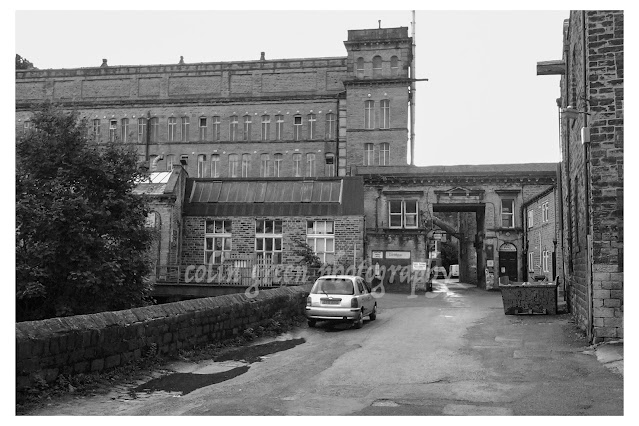Just a whisper of its former self, the Halifax Branch of the Calder & Hebble Canal now stretches a mere half-mile from Salterhebble Junction and its locks to the Watermill Bar at Salterhebble Wharf. This truncated remnant is all that remains of a once vital artery that pulsed with industrial life.
Opened in 1828, the canal climbed a formidable 14 locks to its original terminus at Bailey Hall, a location now occupied by the bustling train station and the interactive Eureka! museum. Imagine the scene: barges laden with goods, lock keepers busy at their work, and the constant hum of industry. But the rise of the iron horse and the advent of tarmac roads spelled the canal's decline. By 1942, the upper section, from Salterhebble Wharf to Bailey Hall, was abandoned, its waters drained and its towpaths reclaimed. Today, the Hebble Trail, a popular cycle and pedestrian route, winds its way along the canal's former path, offering little hint of the waterway that once flowed there.
While whispers of reopening this lost stretch occasionally surface, fueled by hopes of boosting Halifax's tourism, such dreams face a stark reality. A more visionary local council might seize the opportunity to resurrect this historic waterway, but with tight budgets and a perceived lack of ambition, the chances of seeing barges once again navigating through the heart of Halifax seem, sadly, remote.
 |
| Wakefield Road Bridge. The canal brakes off to the left just beyond the bridge through Salterhebble Locks in the direction of Brighouse. |
 |
| The abutment to the right used to support a bridge that crossed the canal here. The bridge has long since been removed. |
 |
| Salterhebble Moorings can be seen in the distance. Tihs is where the canal now ends. |
 |
| To the right of the Watermill Bar is Salterhebble Tunnel. The canal continued through there and immediately entered lock 1 of the 14 on exiting the tunnel. The stone lock walls can still be seen. |
 |
| The modern day end of the Halifax Branch Canal. The Watermill Bar and Restaurant occupies what was the site of Salterhebble Mills. There is also a Premier Inn hotel on the site, |

























































